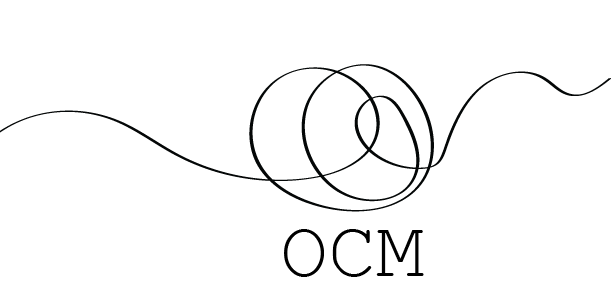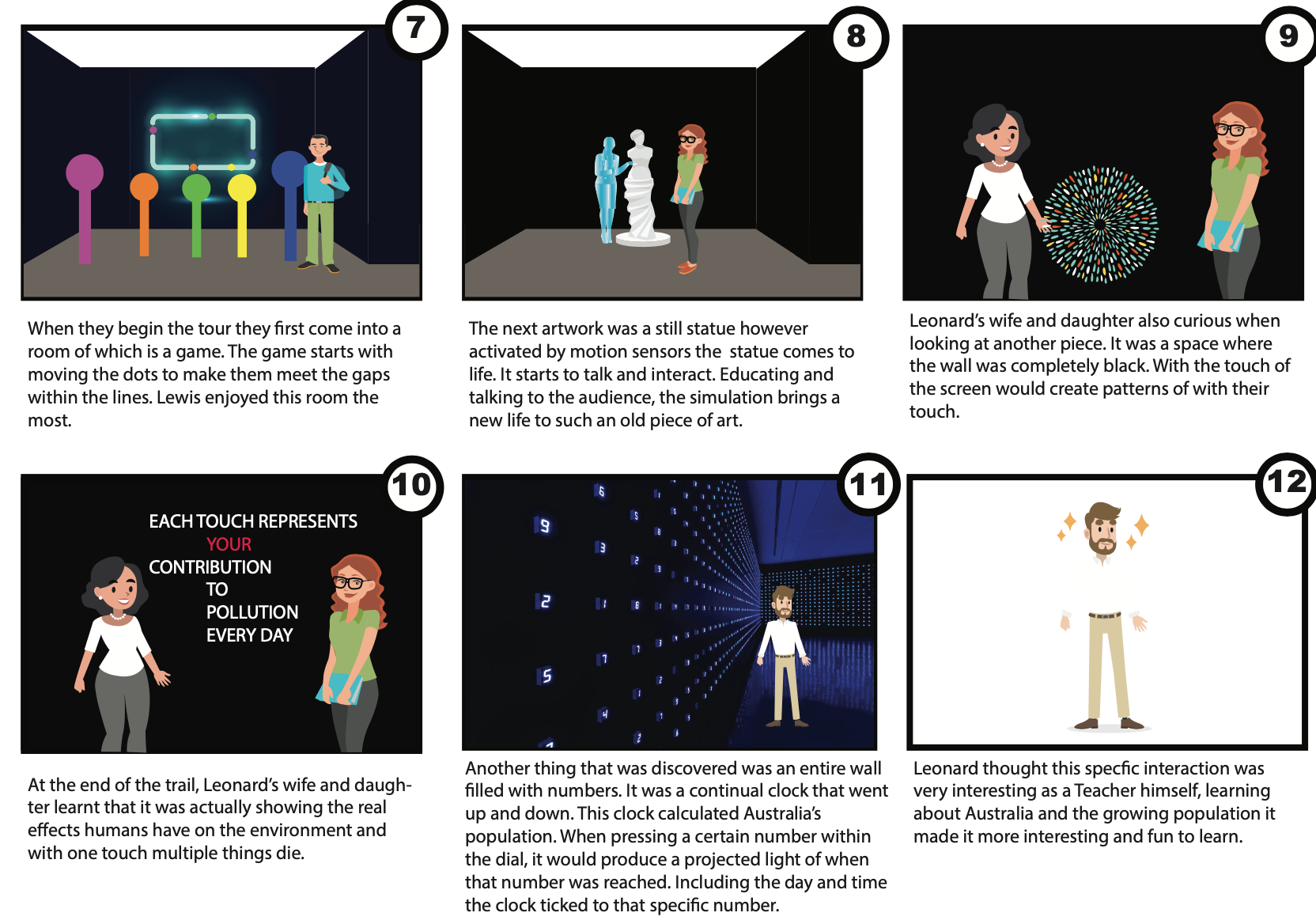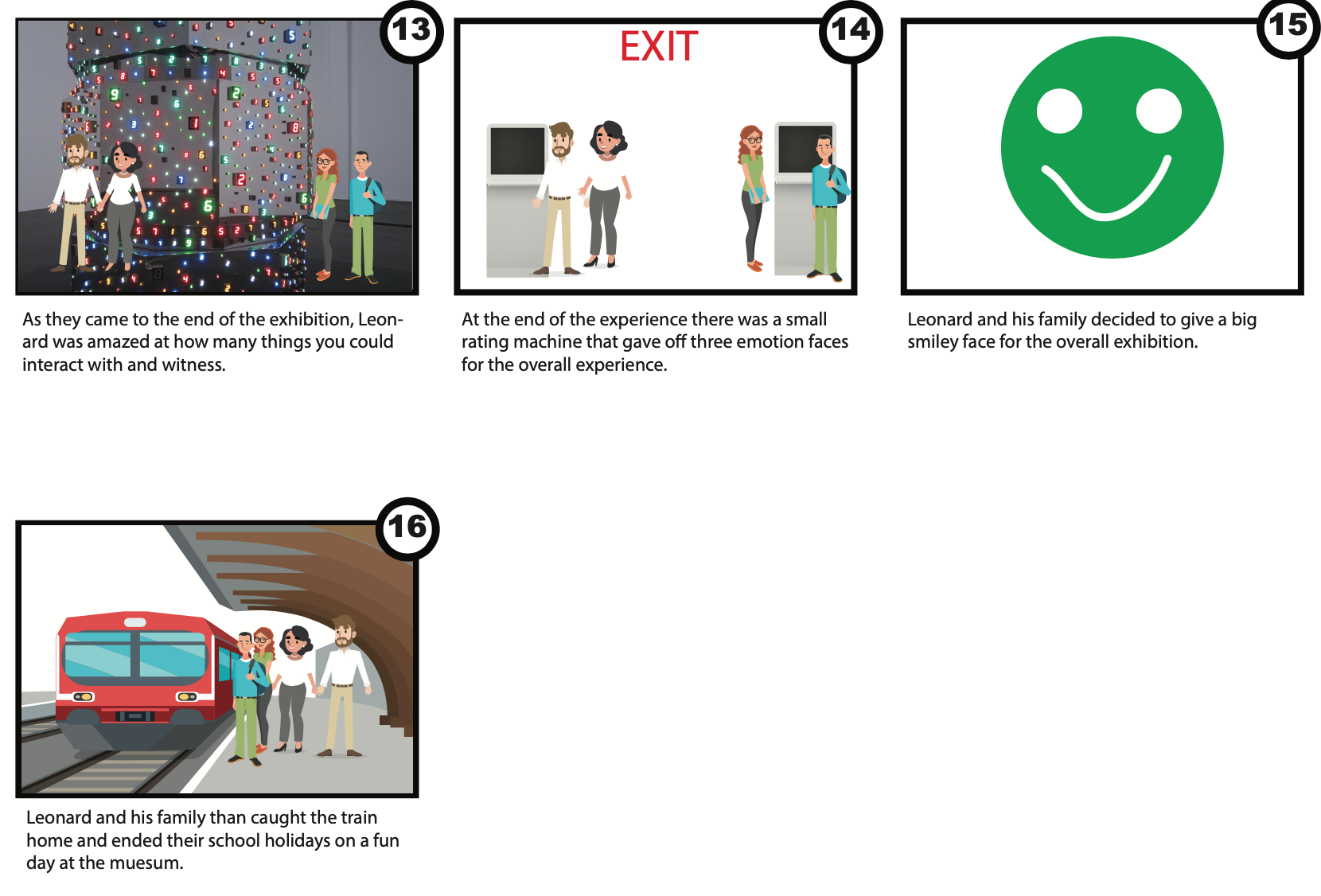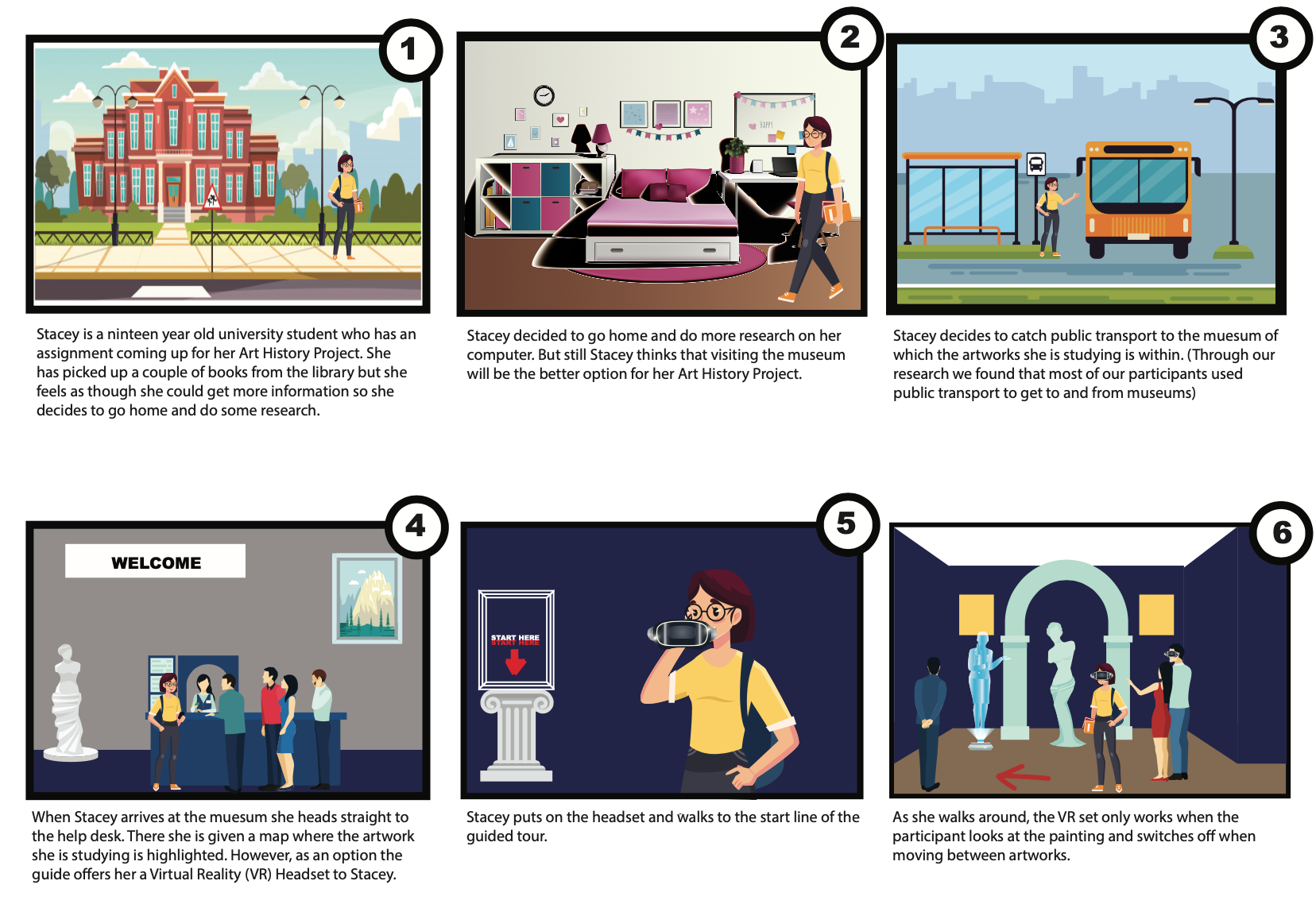USEUM
Timeline: 3 Months
Role: User Researcher, UX/UI Designer, Interaction Designer, and Videographer
Tools: Adobe Illustrator, Adobe After Effects, Adobe Photoshop
Team: Olivia Morley/ Mietta Reed
Our vision with Useum was to heighten the involvement and interaction of students on school day-tips to the Art Gallery of New South Wales. We achieved this through investigating emergency technologies and utilising them to enhance students experience inside the museum.
VIDEO CONCEPT
PRIMARY RESEARCH
The research objective was to map the process of user experience in museums and to discover what factors impact the experience.
The research questions consisted of:
What are the major events that a student experiences within the museum and how they effect their experience?
How do the users interact with these events? What moments increase/decrease their overall experience?
What techniques do museum curators use to interact with the user?
What are the most valuable factors when considering a students experience inside a museum?
What is the opportunity space for museums?
The research methods utilised included, context-mapping sessions to gain a deeper understanding of our users. To ensure we utilised this method effectively, we designed probe kits. These include, a sensitising booklet, an icebreaker, a cognitive map and a collage. Through the combination of these techniques, an in depth understanding of the experience students have in museums.
Our findings where summarised in the infographic below:
CONCEPT IDEATION
Through the research, it became evident that the successful integration of technology with exhibitions will not only provide further engagement but provide a deeper level of contextual understanding and thinking.
DECISION MATRIX
In order to complete this project successfully two concepts where explored to answer our design brief of how to improve the engagement of students at the Art Gallery of New South Wales (AGNSW) through the use of technology. Through our decision matrix, these ideas were explored and refined to uncover the ideal design concept.
The method utilised to refine our ideas was the Harris Method. This provided a graphical representation of the strengths and weaknesses of our design concepts. The visual representation provides a quick overview of the positive and negative score of each concept when compared against a specific criteria.
Displayed within the Harris Method is the criteria of user engagement, safety and environment and environment engagement were highlighted as our most important criteria’s to fulfil.








